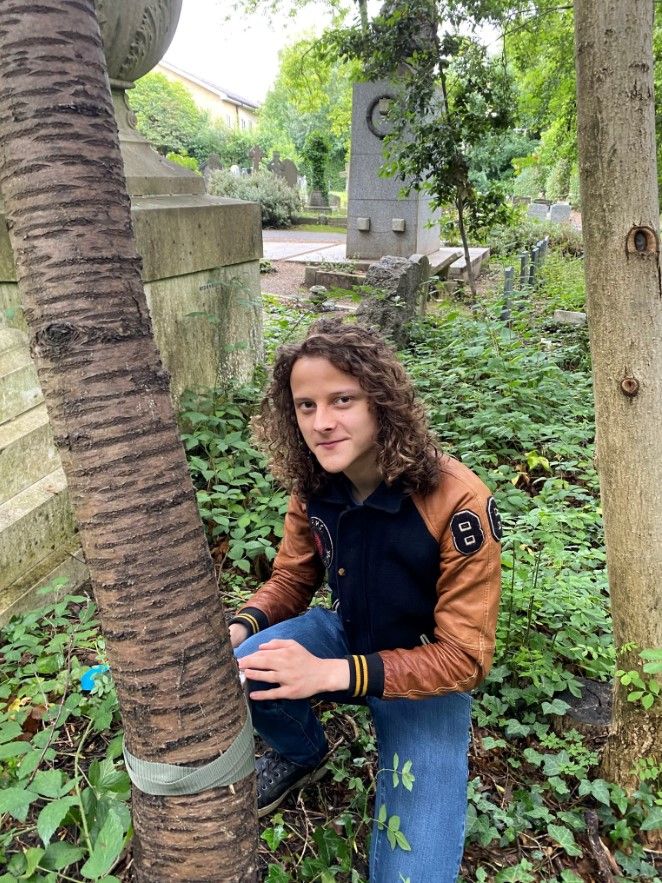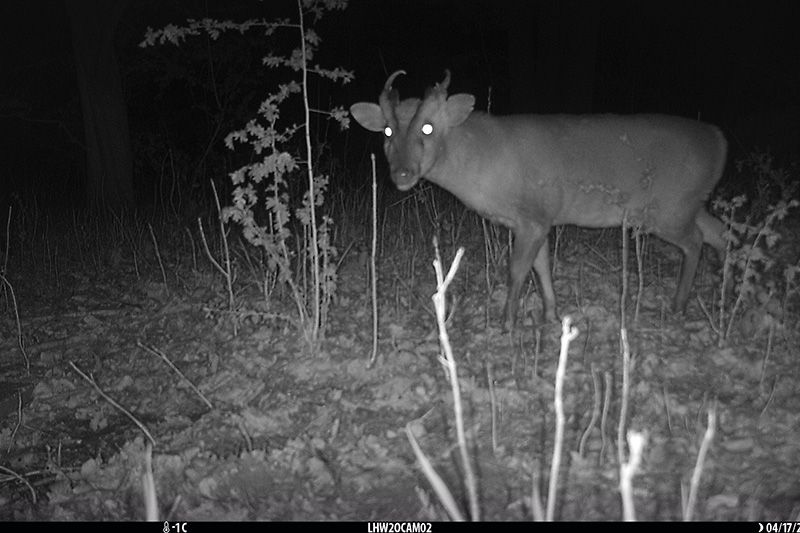Who’s who and what’s what?: Using AI to help hedgehogs
Camera traps – static cameras we put out in the field to automatically take images of elusive wildlife species – are increasingly popular as they help us discover more about wildlife populations. They’re unobtrusive, can capture images day and night, and can be put out for weeks in the field before being collected – the only limits are battery life and the size of the memory card.
Since 2016, The London HogWatch project, run by the Zoological Society of London (ZSL), has conducted camera trap surveys in many green spaces across London. The project is gaining momentum, increasing in coverage and scale: last year, 150 cameras were set up across Hampstead Heath, a momentous achievement.
However, surveys of this scale can collect millions of images of park visitors, including humans, dogs, and squirrels, as well as species of interest such as hedgehogs, foxes and badgers. Such large volumes of images can take months to check manually. Known as ‘hand tagging’, someone must look at each image and record which animal is present. It’s a huge undertaking. This has raised the question of whether image recognition algorithms can be used instead. If we can automate the process of classifying species, it will offer a much faster alternative to hand tagging. PTES intern Dylan Carbone, a Master’s student, and his supervisor, Dr Robin Freeman, from ZSL, have been investigating whether it’s possible.


Image classification
Dylan has been helping develop the ‘Species Classifier’ method. It involves a series of protocols that allows users to create image recognition algorithms (or species classifiers) to identify and filter common species from a directory of images. He trialled the Species Classifier method using images he’d collected in 2020 surveying Brockwell Park in south London, which he’d previously hand tagged. Dylan used the results from his analysis to determine which factors influence species classifier accuracy.
Brockwell park survey
Between August and September 2020, 22 camera traps were put out in a grid across Brockwell Park. Dylan then used a small sample of images from each camera to ‘train’ the classifier in how to identify the most commonly photographed species: humans, dogs, foxes and grey squirrels. The species classifiers were then applied to the remaining images, and the predictions compared with Dylan’s manual classifications. With these results, Dylan was then able to calculate how accurate the species classifiers were.
Success
Dylan discovered that the species classifier was extremely accurate identifying humans, which were the most common species recorded. People were recorded in 78% of the survey images, and the species classifier accurately identified them 94% of the time. Being able to remove over three-quarters of all images would greatly reduce the time needed to process the camera trap images. Dylan predicted that the high accuracy levels were in part because people are larger than any other species turning up in the photos, and the sheer abundance of humans in the training images. Dylan also found that the classifier rarely confused images of dogs and foxes despite their similar size and build, which he’d been concerned about when starting the project.
Limits for the classifier
The species classifier method did show limitations too. Currently, it’s not possible to separate multiple species within one image when training the classifier to there’s a risk the classifier might confuse species which are frequently photographed together. This undermined the accuracy of the dog and squirrel classifiers which predicted dogs or squirrels in images with only humans present. Dylan also discovered that factors reducing the visibility of the animal also reduced species classifier accuracy. For example, squirrels, being small and well camouflaged, were frequently missed by the squirrel classifier. Likewise, the fox classifier had difficulty distinguishing foxes – which are nocturnal – from the surrounding foliage in night-time images.


Future implications
Image recognition can be a powerful tool for conservation. Dylan’s work has demonstrated its potential for species classification in urban camera trap surveys. He’s also attempted to ensure that the new image recognition tools are a more accessible utility for conservationists by creating them in software that’s free to download and easy to use.
Dylan’s conclusions on the effects of size, camouflage and time of activity on classifier accuracy are useful insights into what species the Species Classifier method might be best used for. However, questions remain on the short- and long-term implications of his findings. Could the species classifier method be improved to allow multiple species to be distinguished and identified? Could the protocols be simplified to make it even more accessible to anyone interested in using it, without undermining its functionality? As image recognition algorithms become more sophisticated and accessible, how could these tools be used to benefit the goals of London HogWatch and PTES? Will image recognition ever be capable of tagging entire directories of camera trap images, and will its accuracy ever compare to that of a human manual tagger? Dylan’s enthusiastic about the potential of camera traps for conservation, and is keen to explore these questions further, in collaboration with PTES and ZSL. We’ll keep you up to date on Dylan’s progress whilst he continues to further his education and career.
Thank you for helping us fund this research to protect hedgehogs in the UK.
If you’d like to support other projects like this please donate or set up a direct debit today.
